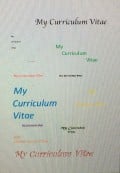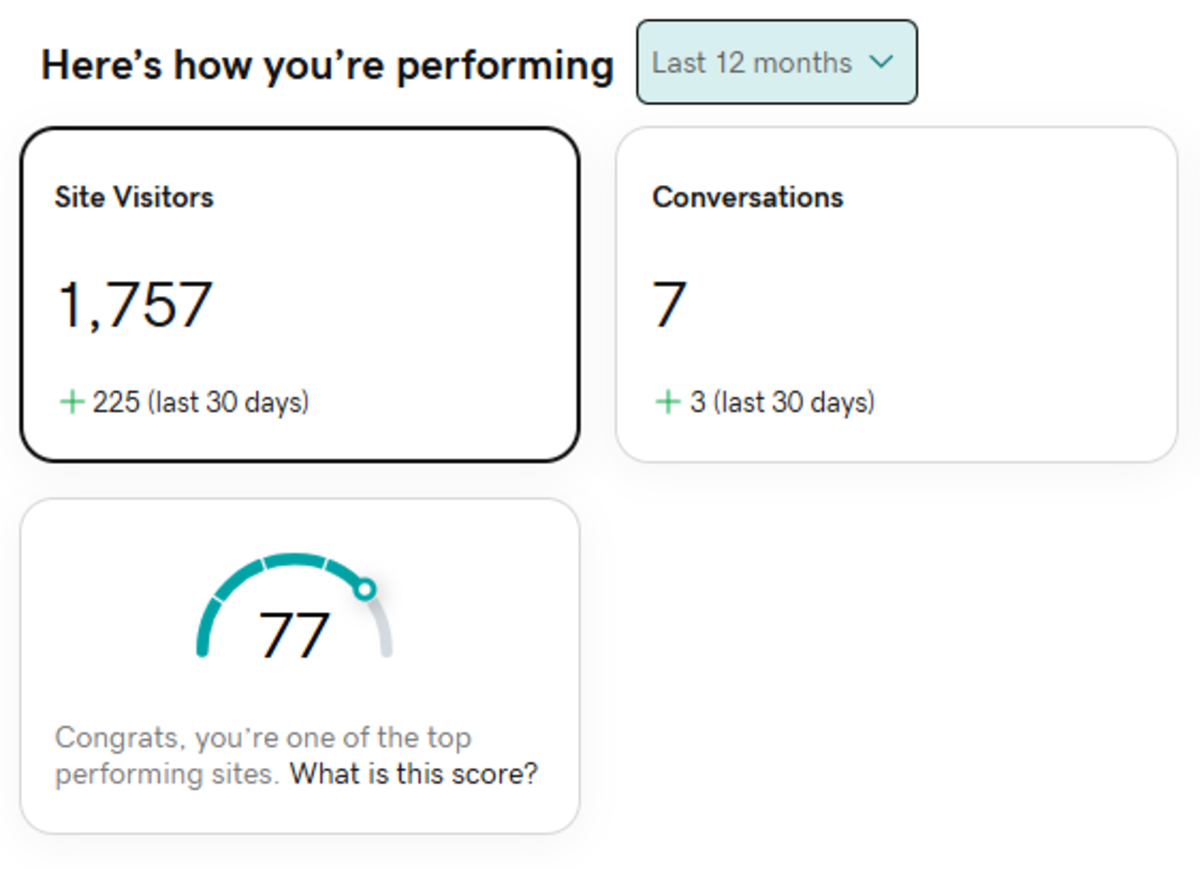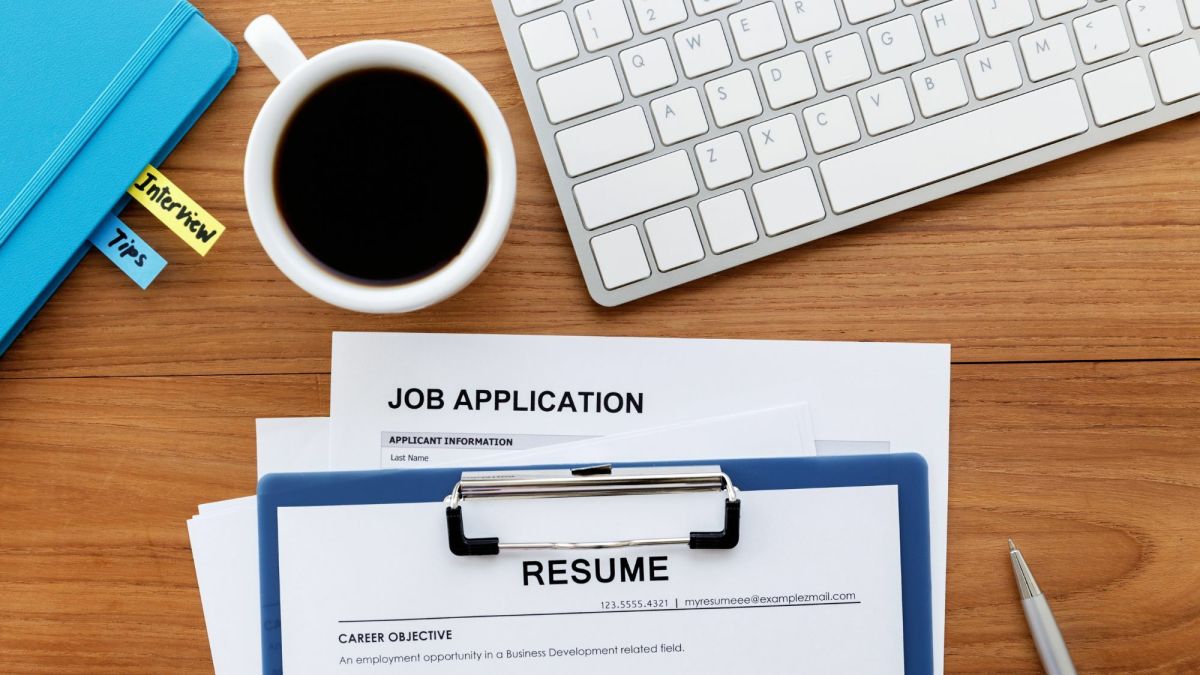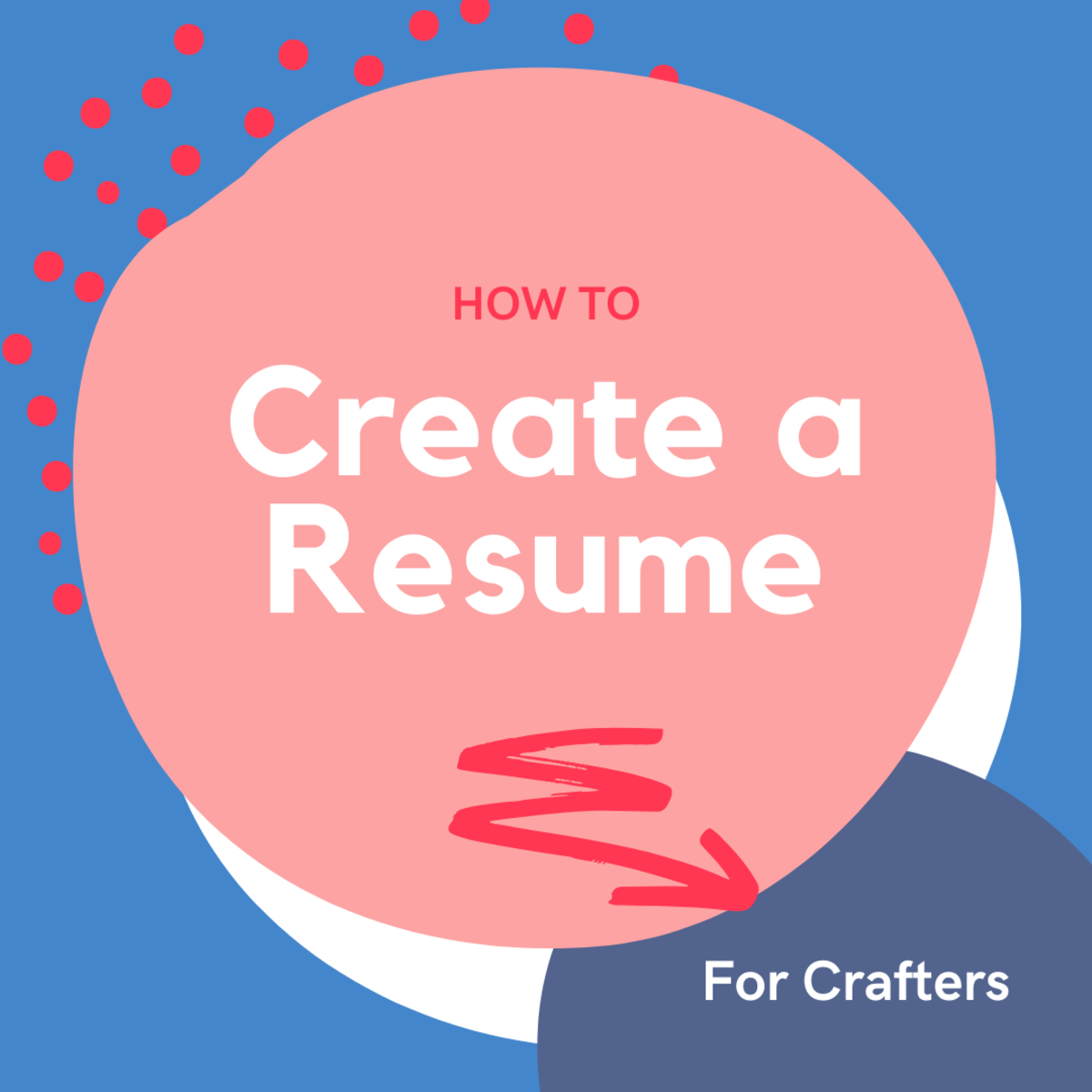How To Update a Resume
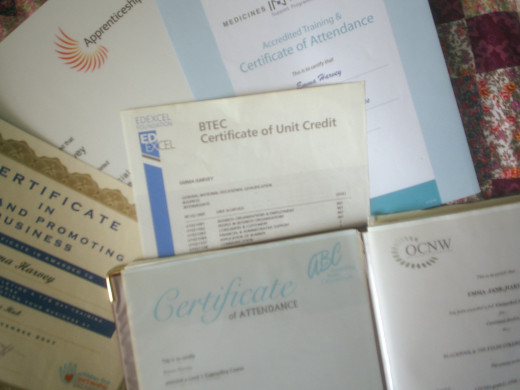
Your resume, or Curriculum Vitae is important when it comes to job seeking. It holds valuable information about your education, interests, present and future.
What you include on your resume will say a lot about you. It tends to been seen before a potential employer actually meets you, so this will be your first major impression.
Your resume (CV) tends to be one to two sides of A4 paper. If it is too long it will be regarded as lengthy and too time consuming to read. If it is too short, your experience and abilities may be questioned. So getting it right is vital, which means including relevant points only.
There are no set rules how to lay out a CV but it is an idea to keep it modern and reader friendly. Having your name, address and contact details at the top sets it out neatly and clearly. Follow this with a statement or objective of what you are currently doing and where you intend to go next, your education and qualifications, work history and interests.
Write a Custom Resume
When we write our resume it tends to be for something specific. We may be writing one when applying for a further education course or for a particular job.
With that in mind, the resume will include more skills or interest towards what we are applying for. For example, applying for a customer service job will include communication skills and experiences with working with people. Your objective will be an interest in helping others.
If you then decide to apply for a job in IT, your focus will lean towards your computer skills. Although you have your customer service experience, you will highlight the fact you used IT in that job to prove your capabilities.
This shows the importance of updating your resume. It needs to be relevant to the person looking at it. If you wrote it before applying for your previous job, you will need to update your skills, training certificates and where you want to go next in your career.
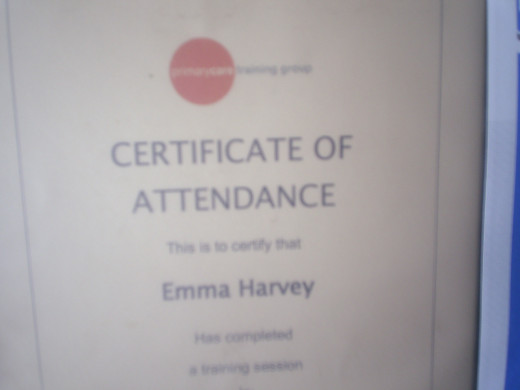
What to Update
If it has been a while since you last looked at you CV, it is a good idea to read it through thoroughly. If it is already quite long but you have more to add, you'll have some editing to do.
Look at your work history. It needs to show the jobs you have done with an explanation of tasks and duties, running in chronological order from most recent. Any large gaps can be explained in your hobbies and interests as you can include volunteer work or involvement in raising a family.
If you have had short term jobs, keep it brief if you need to add it at all. Avoid taking up a lot of space on the page.
If you have jobs at the bottom of the list which are no longer career goals then exclude them. You want a neat looking resume with only vital information on there.
When adding your latest job, make sure your explanations on each show all the skills you have learned. Try to avoid repeating yourself on each one and make it sound interesting and diverse, even if you have worked in the same field for years.
A potential employer will scan through all the CV's they have. Key words will stand out but try not to over use old cliches. You may be a good team player, motivated and reliable, but so are all the other candidates! Concentrate on what you've done to prove you're the best person for the job, rather than trying to impress your new boss.
Consider all you have learned in the past year and update accordingly. You'll be surprised at how much you have achieved in twelve months.
Ensure that you have remembered to include all the training you've had. Any courses you have been on during your employment or in your own time which will be relevant will make you look good. Certificates gained for anything will show you keep yourself busy and enjoy learning new things. A positive feature in a potential employee.
If your CV is quite short due to limited qualifications and job history, be sure to include other things you have achieved. You may have interesting hobbies or help out with your local church, school or library. Or you may have a hobby making money online, such as on ebay for example.
Your personal statement or objective tends to come before work history and education. This will be read first and is your second impression (the first will be the presentation of the resume). Here you will briefly outline your work or educational background, what skills you have, what you enjoy doing and where you want to go next.
It will only be three or four sentences but it will say a lot about you. It must be updated as you move on and it must reflect the job you are applying for.
Make Your Resume Look Good
This is really important. Your resume needs to be typed using black ink and printed onto quality white or cream paper. It must be kept clean, tidy and free of creases and folds. Put it in a clean folder for safe keeping.
Proof read your resume. Then do it again. Use a spell and grammar checker and ask a friend or teacher to look at it too. Spelling mistakes could mean your CV will end up in the bin.
Decide on your layout. You may use a different font for your headers or use bold Italic (but keep it a basic one so it is easy to read on different systems).
Save your resume using different formats. Keep one in text format and print a hard copy, but also use PDF. By having Microsoft Word and PDF files show your technical skills. It is likely that you will be asked to email your CV rather than post it.
Once you feel you are happy with you revised resume, be confident and start applying for posts. Good luck!

